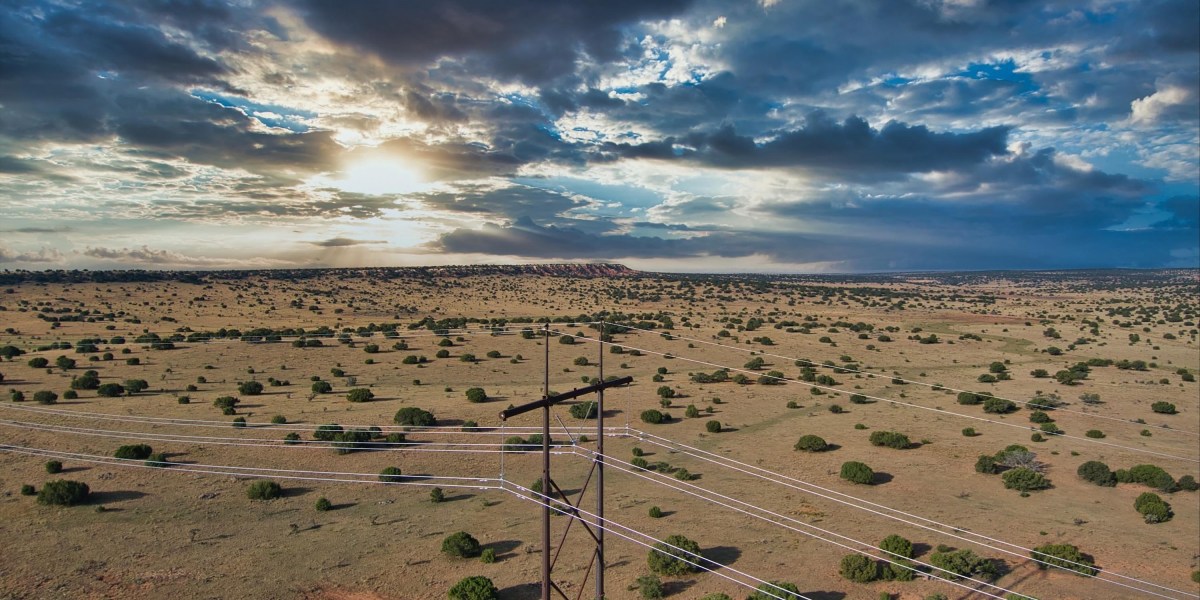These long, high, thick wires are often described as the highways of our power systems. They connect the big wind farms, hydroelectric plants, solar facilities, and other power plants to the edges of cities, where substations step down the voltage before delivering electricity into homes and businesses along distribution lines that are more akin to city streets.
There are three major grid systems in the US: the Western Interconnection, the Eastern Interconnection, and the Texas Interconnected System. Regional grid operators such as the California Independent System Operator, the Midcontinent Independent System Operator, and the New York Independent System Operator oversee smaller local grids that are connected, to a greater or lesser extent, within those larger networks.
Transmission lines that could add significant capacity for sharing electricity back and forth across the nation’s major grid systems are especially valuable for cutting emissions and improving the stability of the power system. That’s because they allow those independent system operators to draw on a far larger pool of electricity sources. So if solar power is fading in one part of the country, they could still access wind or hydropower somewhere else. The ability to balance out fluctuations in renewables across regions and seasons, in turn, reduces the need to rely on the steady output of fossil-fuel plants.
“There’s typically excess wind or hydro or other resources somewhere,” says James Hewett, manager of the US policy lobbying group at Breakthrough Energy, the Bill Gates–backed organization focusing on clean energy and climate issues. “But today, the limiting constraint is the ability to move resources from the place where they’re excessive to where they’re needed.”
(Breakthrough Energy Ventures, the investment arm of the firm, doesn’t hold any investments in the North Plains Connector project or Grid United.)
It also means that even if regional wildfires, floods, hurricanes, or heat waves knock out power lines and plants in one area, operators may still be able to tap into adjacent systems to keep the lights on and air-conditioning running. That can be a matter of life and death in the event of such emergencies, as we’ve witnessed in the aftermath of heat waves and hurricanes in recent years.
Studies have shown that weaving together the nation’s grids can boost the share of electricity that renewables reliably provide, significantly cut power-sector emissions, and lower system costs. A recent study by the Lawrence Berkeley National Lab found that the lines interconnecting the US’s major grids and the regions within them offer the greatest economic value among transmission projects, potentially providing more than $100 million in cost savings per year for every additional gigawatt of added capacity. (The study presupposes that the lines are operated efficiently and to their full capacity, among other simplifying assumptions.)
Experts say that grid interconnections can more than pay for themselves over time because, among other improved efficiencies, they allow grid operators to find cheaper sources of electricity at any given time and enable regions to get by with fewer power plants by relying on the redundancy provided by their neighbors.

